Augmented Reality (AR) and Virtual Reality (VR) are no longer futuristic novelties but essential mediums reshaping how users experience digital content. In 2025, AR/VR technologies are deeply embedded in entertainment, education, healthcare, and enterprise, offering immersive, interactive environments that blend physical and virtual realities.
For game studios in Singapore and immersive media creators, designing compelling AR/VR worlds requires a holistic, user-centered process that balances creativity, technology, and usability. This article outlines our end-to-end approach—from initial concept to fully immersive experience—incorporating the latest trends and best practices shaping AR/VR UX design today.
Table of contents:
- Stage 1: Conceptualization — Defining Vision and User Needs
- Stage 2: Planning and Prototyping — Mapping the User Journey
- Stage 3: World Building and Asset Creation — Crafting the Environment
- Stage 4: Interaction and UI/UX Design — Making Worlds Usable
- Stage 5: Development and Integration — Bringing It All Together
- Stage 6: Testing and Iteration — Refining the Experience
- Stage 7: Deployment and Post-Launch — Sustaining Engagement
- Best Practices and Lessons Learned
- Conclusion
Stage 1: Conceptualization — Defining Vision and User Needs

Every successful AR/VR world starts with a clear vision aligned to project goals and user expectations.
- Identify Objectives: Whether the goal is entertainment, education, training, or marketing, defining the purpose guides design decisions.
- User Research: Understanding the target audience’s demographics, behaviors, and environments ensures relevance and accessibility.
- Ideation Workshops: Collaborative brainstorming explores narrative themes, interaction paradigms, and spatial concepts.
- Trend Awareness: We incorporate emerging AR/VR UX trends like spatial interaction, AI-powered personalization, and real-world integration to future-proof designs.
Stage 2: Planning and Prototyping — Mapping the User Journey
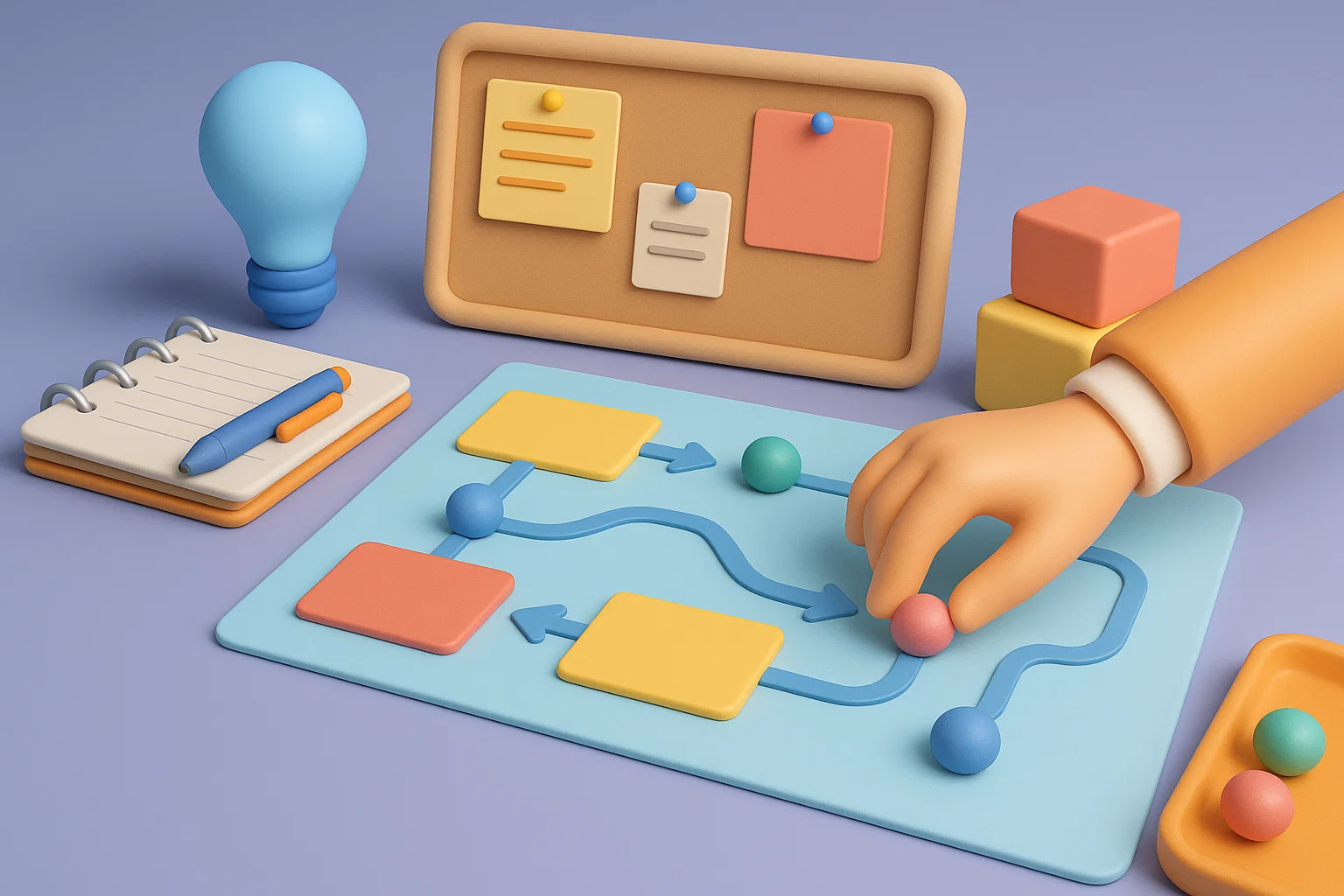
- Storyboarding & Narrative Mapping: Visualizing user flows and story arcs helps anticipate user decisions and emotional beats.
- Spatial Layout Sketches: Designing physical and virtual space relationships ensures intuitive navigation and engagement.
- Low-Fidelity Prototypes: Early mockups test core mechanics and interaction models, enabling rapid iteration with user feedback.
- Accessibility Considerations: Planning for comfort, safety, and inclusivity from the outset reduces motion sickness and cognitive overload.
Stage 3: World Building and Asset Creation — Crafting the Environment
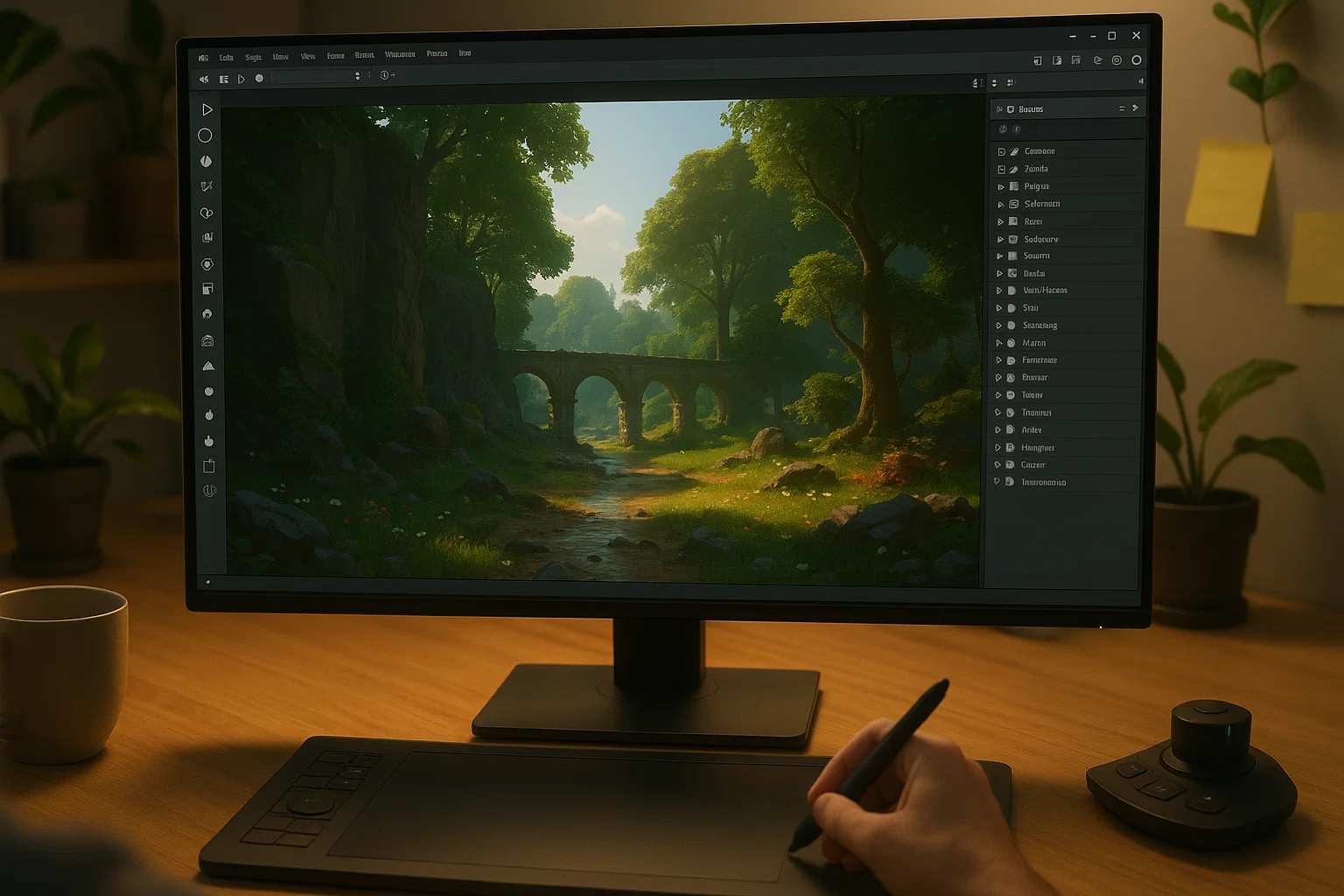
- 3D Modeling & Environment Design: Using tools like Unity and Unreal Engine, we create detailed, realistic or stylized environments.
- Interactive Objects & Spatial Audio: Embedding objects users can manipulate and layering spatial soundscapes enhance immersion and presence.
- AI-Assisted Content Generation: AI accelerates asset creation, generating natural landscapes, textures, and dynamic elements, reducing manual workload.
- Visual Fidelity & Consistency: Realistic lighting, shadows, and consistent art styles maintain immersion and narrative tone.
Stage 4: Interaction and UI/UX Design — Making Worlds Usable
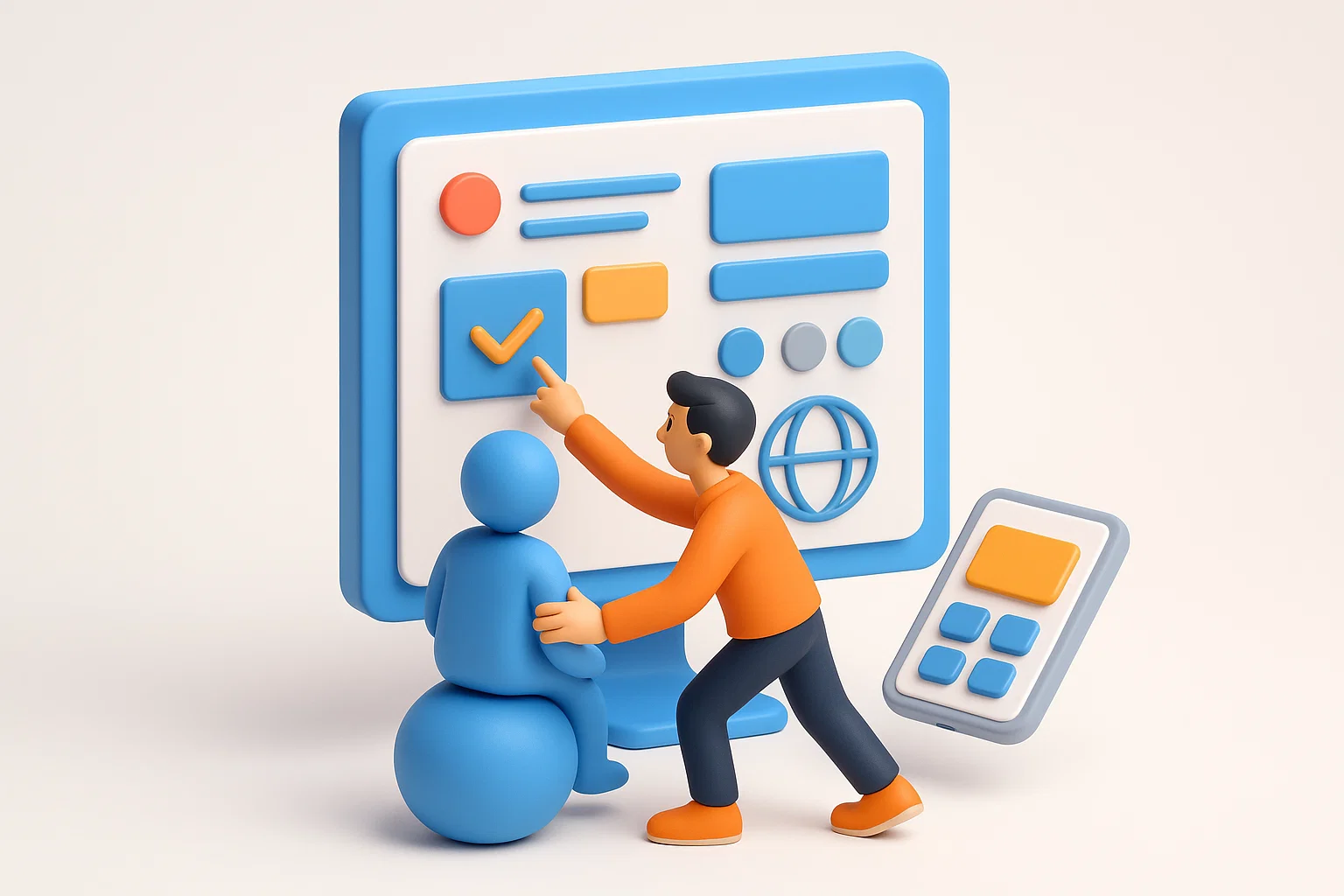
- Intuitive Controls: Gesture recognition, eye tracking, and voice commands create natural, seamless interactions.
- Spatial UI Design: Balancing diegetic (in-world) and non-diegetic (overlay) interfaces aids navigation without breaking immersion.
- Comfort & Safety: Teleportation for movement, frame rate optimization (90+ FPS), and latency minimization prevent motion sickness.
- Inclusive Design: Interfaces accommodate diverse users, including those with disabilities, ensuring broad accessibility.
Stage 5: Development and Integration — Bringing It All Together
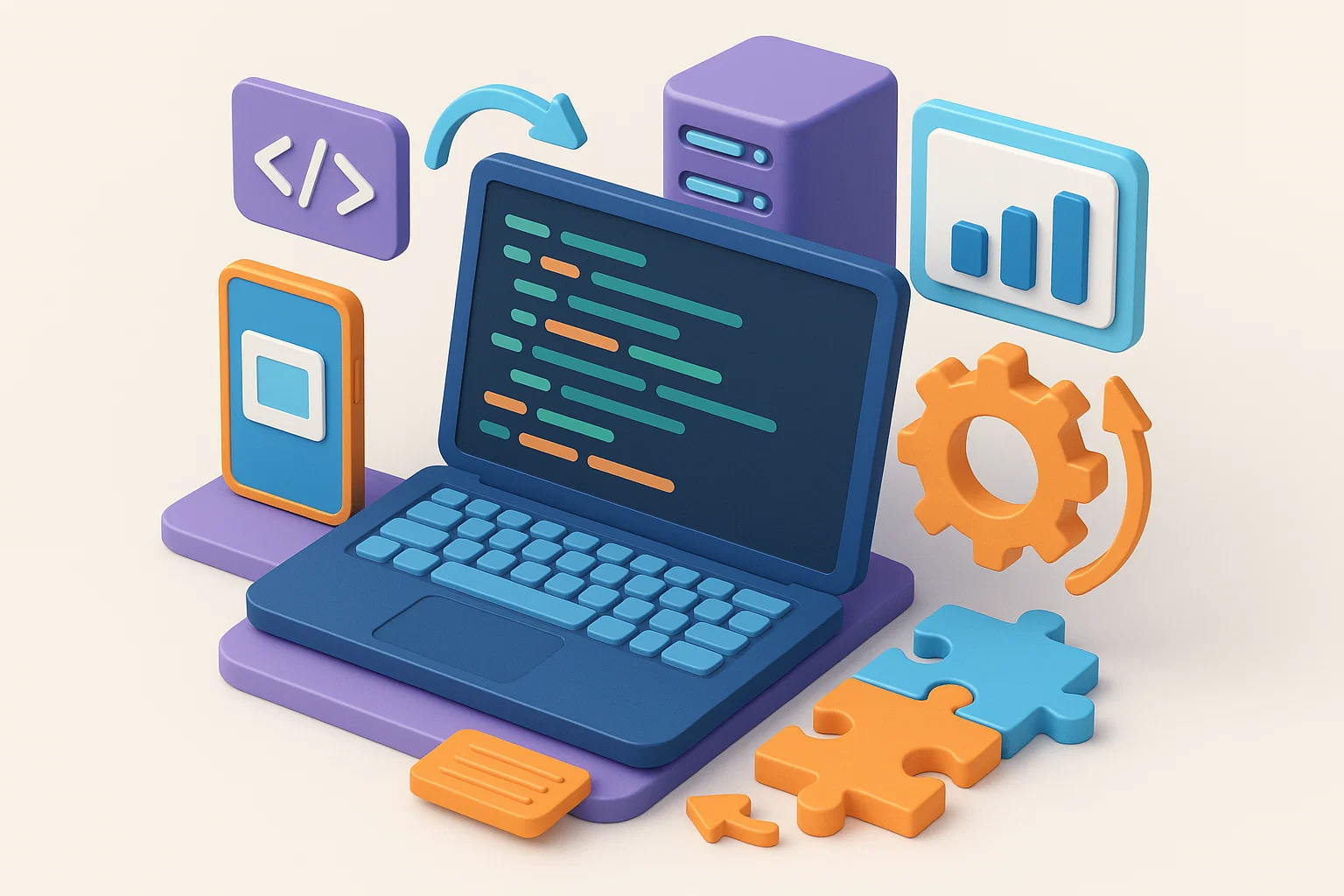
- Engine Selection: Choosing platforms like Unity or Unreal based on project scope, performance needs, and target hardware.
- Programming Logic: Implementing interactive behaviors, physics, AI-driven NPCs, and real-time feedback loops.
- Cross-Platform Synchronization: Ensuring consistent experiences across VR headsets, AR glasses, and mobile devices.
- Cloud & AI Integration: Leveraging cloud computing for scalable performance and AI for adaptive storytelling and environment generation.
Stage 6: Testing and Iteration — Refining the Experience
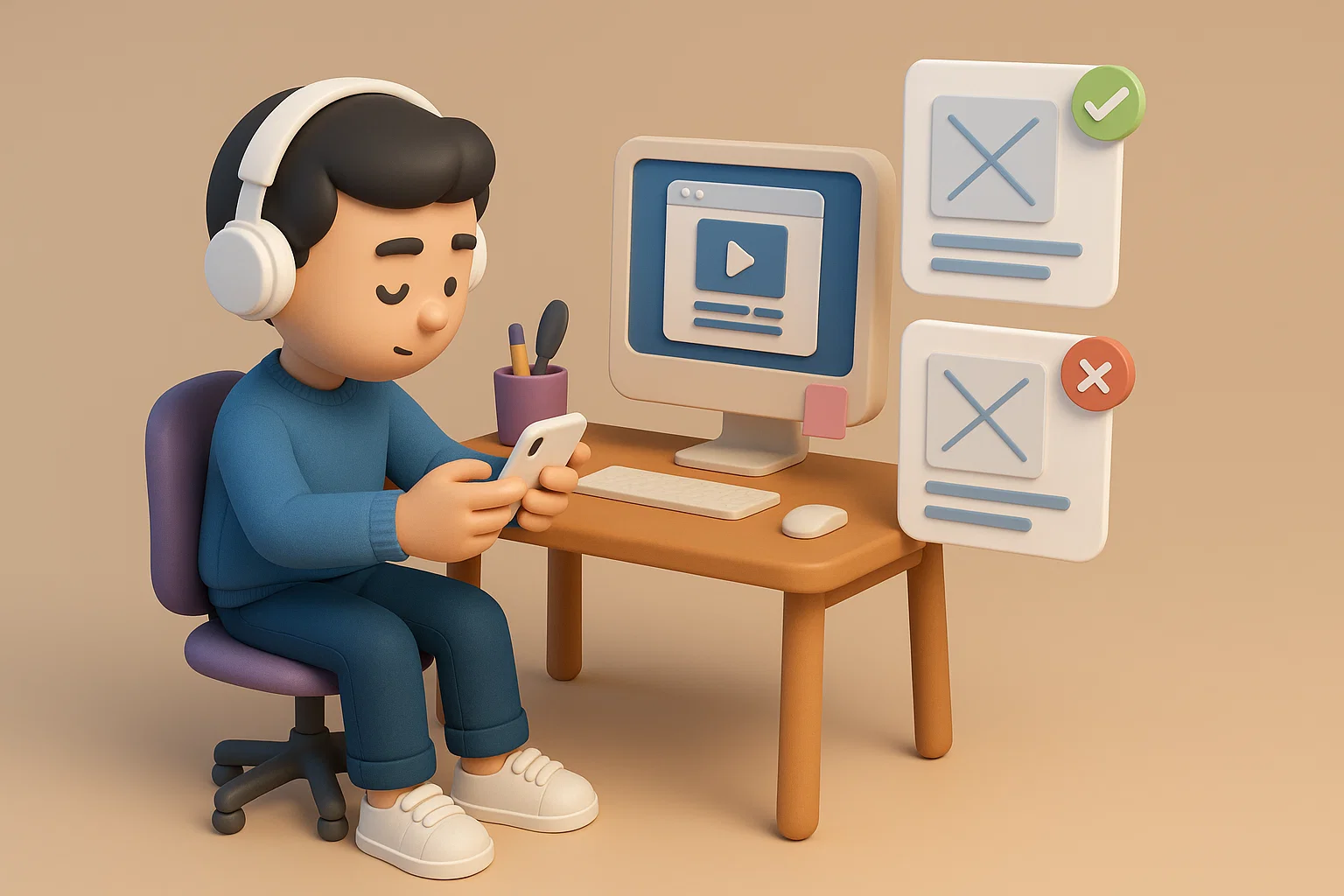
- Usability Testing: Observing real users to identify friction points, confusion, or discomfort.
- Performance Optimization: Reducing lag, improving load times, and ensuring smooth rendering on diverse devices.
- Iterative Design: Rapid cycles of feedback, analysis, and refinement improve engagement and immersion.
- Ethical Design: Prioritizing user privacy, data security, and avoiding sensory overload.
Stage 7: Deployment and Post-Launch — Sustaining Engagement

- Platform Launch: Packaging for app stores, VR marketplaces, or enterprise distribution.
- Analytics Monitoring: Tracking user behavior, engagement metrics, and technical performance.
- Content Updates: Regularly releasing new content, bug fixes, and feature enhancements.
- Community Building: Engaging users through social VR platforms, events, and feedback channels.
Best Practices and Lessons Learned
- Balance Realism and Performance: Hyper-realistic visuals boost immersion but must be balanced with hardware capabilities.
- Leverage AI Smartly: AI-driven content and interaction personalization enhance user engagement and reduce development time.
- Design for Comfort: Minimizing motion sickness and cognitive load is critical for user retention.
- Inclusive Design is Non-Negotiable: Accessibility broadens audience reach and improves overall experience.
- Stay Agile: The AR/VR landscape evolves rapidly; iterative, user-focused design is key to success.
Conclusion
Designing AR/VR worlds is a complex, multidisciplinary journey that blends art, technology, and human-centered design. By following a structured process—from concept to deployment—game studios in Singapore and immersive media creators can craft experiences that captivate, engage, and inspire users in 2025 and beyond.
The future of AR/VR world-building is bright, powered by AI, cloud computing, and ever-improving hardware. Embracing these innovations while prioritizing user comfort and accessibility will unlock the full potential of immersive storytelling.
At Zeevium, we understand the intricate balance required to create truly compelling AR/VR worlds. Our team combines expertise in cutting-edge technology, artistic design, and a deep understanding of user experience. Whether you’re a game studio in Singapore looking to push the boundaries of interactive entertainment or an immersive media creator aiming to tell stories in revolutionary ways, we’re equipped to guide you from initial concept to successful deployment.
Ready to start a VR/AR project ? Contact Zeevium today: zeevium.com
